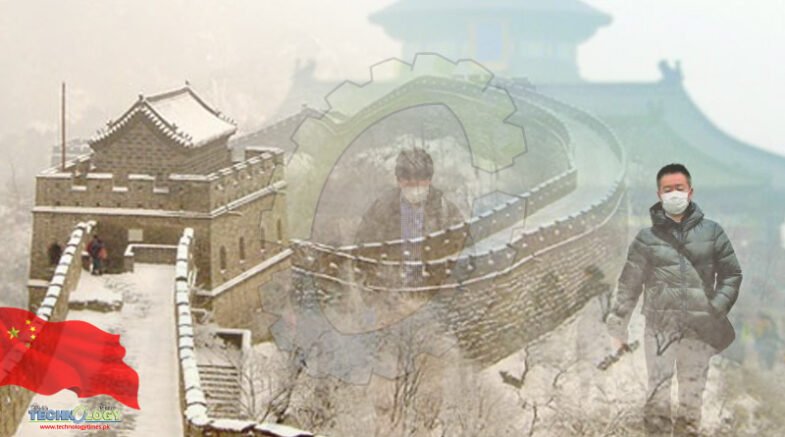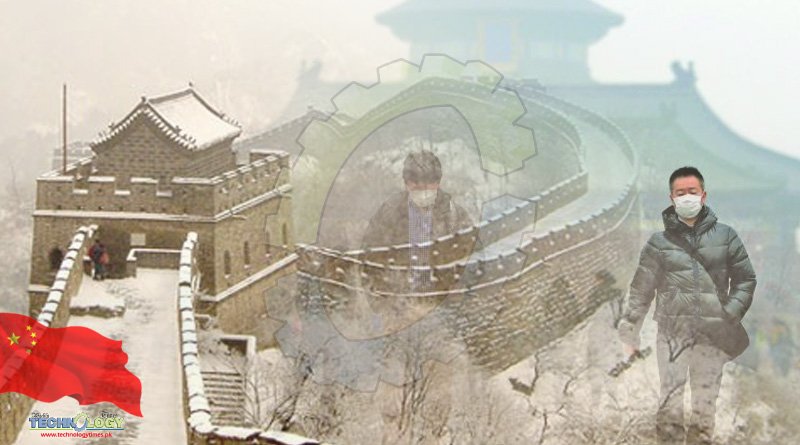China Govt’s researchers find warmer and wetter weather have expanded lakes and rivers and improved the habitats of gazelles and antelopes.

Rapid climate change in China’s Qinghai-Tibet plateau could destabilize water supplies and cause more frequent disasters, even though warmer temperatures had improved conditions in the short term, scientists said after an expedition to the region.
The region, which covers much of China’s remote northwest and includes the Himalayas, has been identified as one of the country’s “ecological security barriers” and is a vital “water tower” regulating flows to eastern, central and southern Asia.
Government researchers found that temperature and rainfall increases had made the region greener, more fertile and more “beautiful”, expanding lakes and rivers and improving the habitats of gazelles, antelopes and donkeys.
“But in fact, a high price will be paid for this ‘beauty’, with significant warming and humidification exacerbating the occurrence of extreme weather and climate events,” the China Meteorological Administration (CMA) said in a summary of the expedition’s findings published on Tuesday.
Over the long term, warmer temperatures are likely to further destabilize weather patterns and water flows and encourage encroachment by invasive lowland species, putting native animals under stress.
Temperatures in the region have risen 0.35 degrees Celsius (0.6 degrees Fahrenheit) a decade since 1960, twice the global average. Annual rainfall has increased 7.9mm (0.31 inch) per decade since 1960, reaching 539.6mm a year over the 2016-20 period, 12.7 per cent higher than the 1961-1990 average.
The changes have led to a 20 per cent increase in the size of some plateau lakes, and parts of the Gobi Desert had started to retreat, the report said. The number of disasters – including mudslides, avalanches and the breaking up of glaciers – has increased over the past four decades.
It is also yet to be seen whether the region “remains within the optimal temperature range for vegetation growth”, and the balance of water resources is also under threat as a result of rapid glacier retreat and permafrost melt. Glaciers in the region have shrunk by 15 per cent in the past 50 years, with their total area shrinking from 53,000 sq. km to 45,000 sq. km (17,400 square miles), the CMA said.
Source South China Morning Post
